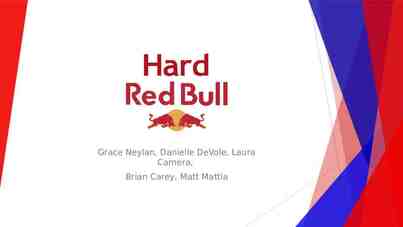Nutritional Requirements of Ruminant Animals Created by:
11 Slides163.71 KB
Nutritional Requirements of Ruminant Animals Created by: Barrett, Arlene Bratton, Dennis Gumfory, Mariah Vrazel, Haley
Objectives Evaluate the protein requirements and what is required of a ruminant animal State the nutritional requirements of ruminant animals Analyze the protein percentages in common feedstuff
Ruminant Requirements Feed value is a measure of its main nutritional components. For ruminants, the worth of any fodder depends mainly on the concentration of energy and protein in the feed. Other nutritional components of a feed can greatly influence cattle production. Production can be significantly restricted by a number of deficiencies, such as calcium, magnesium, phosphorus, copper, cobalt, vitamins A or D.
Dry Matter It is important to have some idea of the dry matter (DM) content of feed because cattle consume a fairly predictable quantity of dry matter per day, if feed is readily available. Cattle generally eat a quantity of dry matter each day equivalent to two or three per cent of their bodyweight. On a fresh weight basis, a ruminant would eat a lot more silage (20% to 30% DM) than hay (80% to 90% DM) per day, even though both feeds may have similar energy and protein values on a DM basis.
Energy and Nutrition There are several reasons why agriculturist want to know the relative energy values of feed. Some include The diet of a ruminant must have an energy value above a particular level. Some feeds are simply too low in energy (low energy concentrations) and ruminants are incapable of eating enough of them to meet the energy demand ie: grain vs. cellulose. It is useful to cost out each of the feeds on its monetary value per unit of Metabolisable Energy (ME). Ex: the ME value of oats is 12 and that of medium quality hay is 8 so oats can cost up to one and-a-half times that of hay per unit weight of DM and still be a better buy if the feeds are being compared on their energy values alone.
Protein The protein requirements of cattle vary according to the weight as well as the level of production (growth, reproduction and lactation). It is important to know the protein levels of various feed so that management can match the protein available in an animal's diet with the animal's needs. Crude protein values give a good indication of whether or not a particular feed will satisfy the protein needs of the animal.
Protein Continued The crude protein value of a feed is determined by the quantity of nitrogen-containing substances it contains. These substances do not have to be proteins. Therefore the crude protein concept relies on microbes of the rumen being able to synthesize microbial protein from all the nitrogen containing substances the ruminant eats. At least 2/3 of an animal’s crude protein intake should be provided as natural protein. No more than 1/3 of the crude protein should be represented by non-protein nitrogen (NPN) - such as urea. NPN should not be included in levels above 2% of the diet.
Protein Continued Research has shown clearly that ruminants don't digest all dietary protein in the same way. Proteins vary in the extent to which they are broken down (fermented) in the rumen. Cattle for example use protein that resist rumen fermentation, but which are digested lower down the digestive tract much more efficiently than those that are readily fermented in the rumen. Cattle only derive the full value from grains such as wheat, rye, sorghum, barley, and peas if they are rolled or coarsely milled. This will increase the digestibility of grain by approximately 30%.
Ruminant System
Resources Department of Primary Industries http://www.dpi.vic.gov.au/agriculture/beef-and-sheep/beef/feedingand-nutrition http://www.dpi.vic.gov.au/agriculture/beef-and-sheep/beef/feedingand-nutrition/feed-value-of-selected-foodstuffs
Summary Evaluate the protein requirements and what is required of a ruminant animal State the nutritional requirements of ruminant animals Analyze the protein percentages in common feedstuff
















